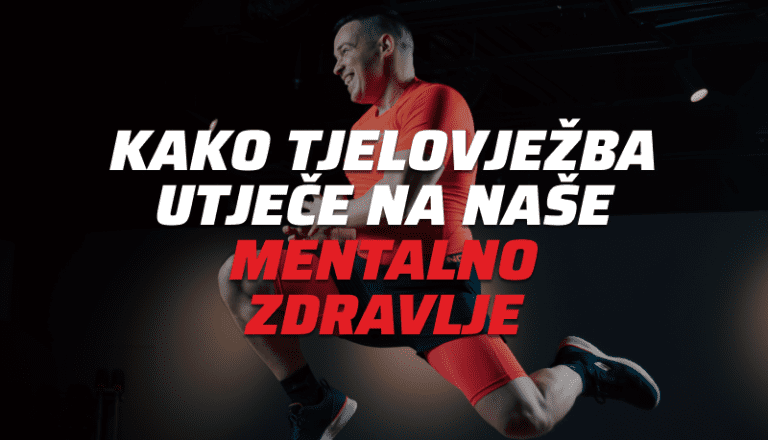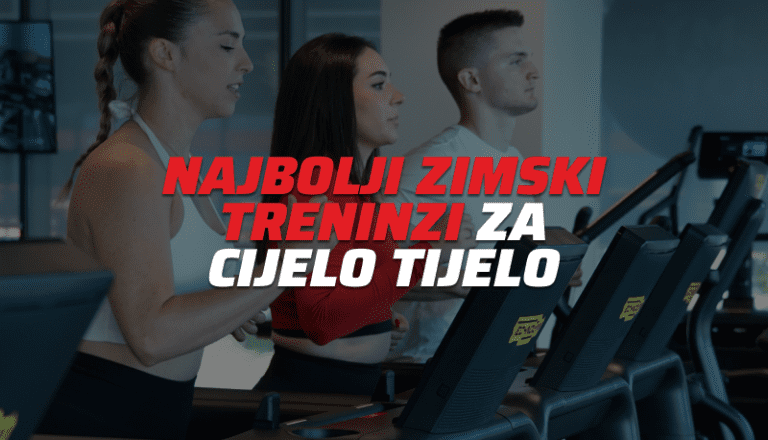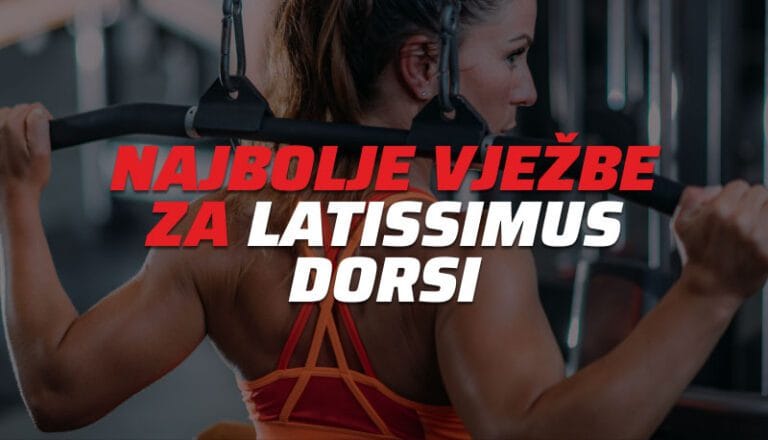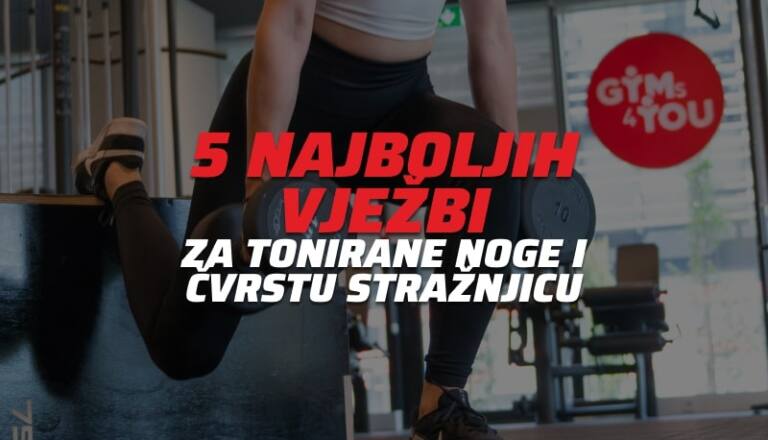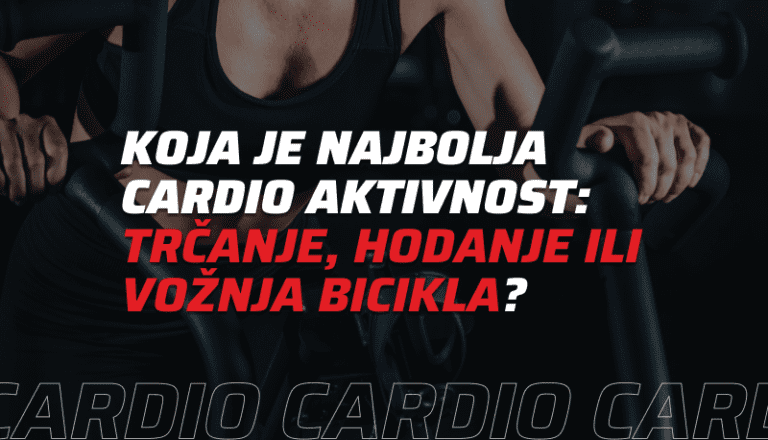If you still shy away from weights and always stick to the cardio section in the gym - it's time for a big change! A strong lower body is important for injury prevention, functional movement and maintaining proper posture. While there are no magic moves to instantly increase your butt and build leg muscles, there are top exercises that will activate and stimulate the growth of your butt and tone your leg muscles.
We are bringing you some of the basic exercises that will transform your training and with which you will finally see progress on your body.
1. Squat
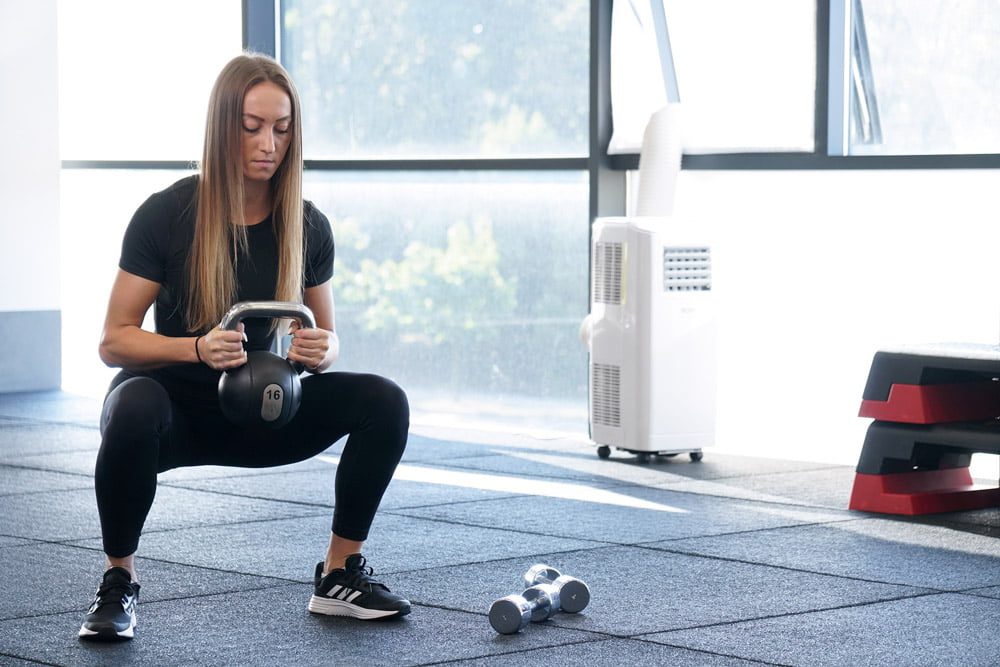
How to perform a squat?
Place a barbell on a squat rack at about collarbone height. Stand under the barbell with your feet about shoulder-width apart. Position yourself so that the barbell sits behind your neck on your shoulders and grab it with both hands by your shoulders with your elbows down. Activate the core muscles, remove the bar from the support and take a step back. Inhale and move your pelvis back and down into a squat. Choose the depth of the squat so that you manage to maintain the natural curvature of the spine. Straighten back with a controlled movement, activating the glute muscles and the front of the thighs. After completing the series, return the barbell to the rack.
Why should you include squats in your training?
- They strengthen the legs and glutes. Anyone aiming to build muscle mass and increase strength will attest to the importance of squats.
- They improve the functionality of the body. Add squats to your program and you'll develop functional leg strength and mobility, which is especially important for older adults.
- They help burn calories. The more muscles you use in one exercise, the more calories you will burn. Squats certainly fulfill that requirement, since they activate a large number of muscles at once.
2. Bulgarian split squat
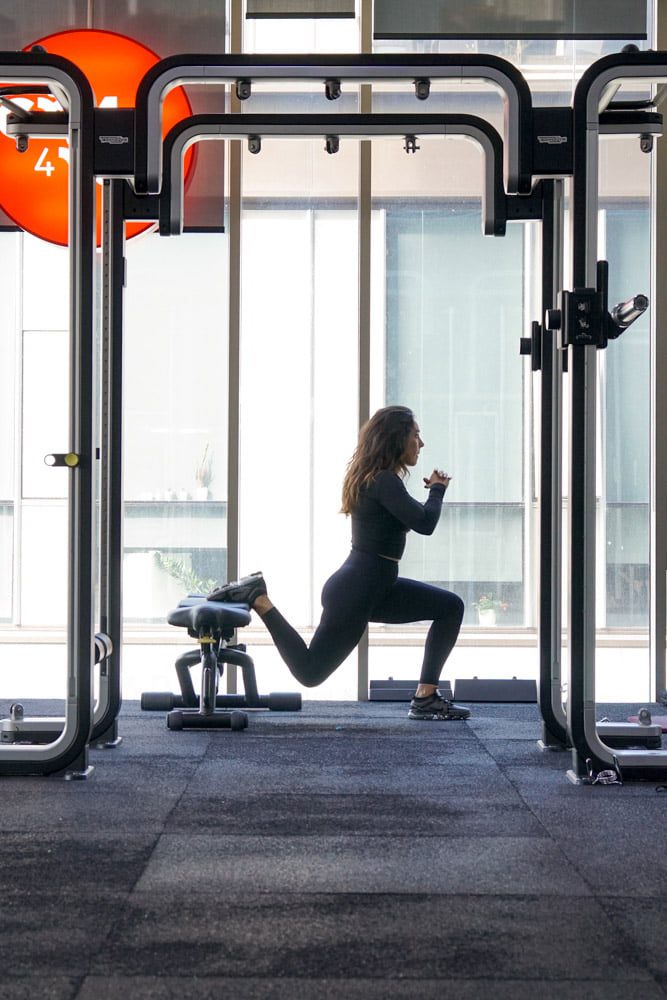
How to perform the Bulgarian split squat?
Stand in front of a bench with your feet hip-width apart. Take a dumbbell in each hand and place your foot on top of the bench. Bend the knee of the front leg with an inhale, performing a single-leg squat. Exhale and do the next repetition. After completing the set, switch legs and perform another set.
Why should you include the Bulgarian split squat in your training?
- As a compound exercise, the Bulgarian squat works your quadriceps, hamstrings, glutes and calves at the same time.
- It promotes the gain of muscle mass and increases muscle definition.
- Improves balance, coordination and stability. Doing the Bulgarian squat is a great way to get stronger in all of these areas because you need to keep your torso engaged while maintaining proper form throughout the movement.
3. Deadlift
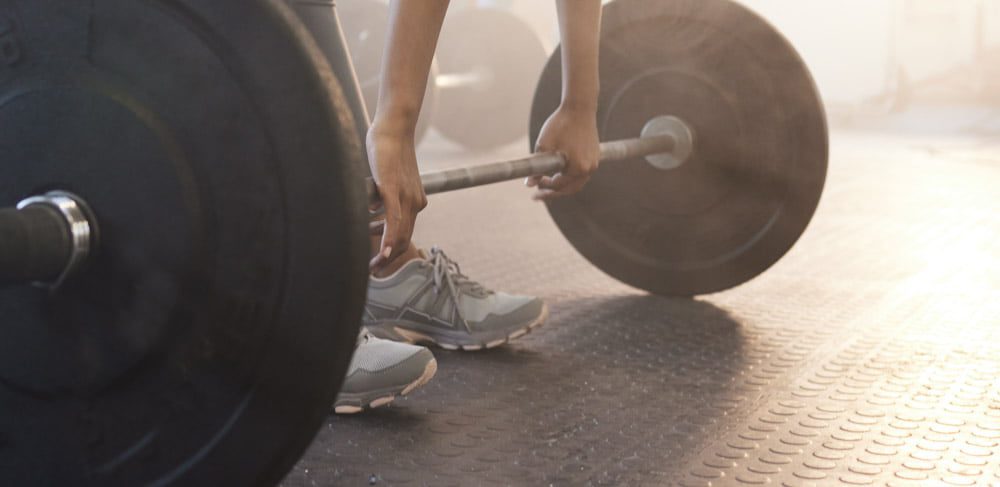
How is deadlift performed?
Stand in front of the bar with your feet about hip-width apart, toes pointing forward. Bend your knees and lean forward toward the barbell so that your back remains in a natural curve and your head is in line with your spine. Hold the barbell with both hands (the width of the grip should be about the width of your shoulders). Gradually straighten up while inhaling and activate the muscles of the buttocks and thighs. Straighten your knees first, then straighten your torso in a continuous motion. Keep the path of the bar close to the shins on the way up.
Why should you include deadlifts in your training?
- The deadlift is among the best exercises for training the hip extensors that involve the gluteus maximus and hamstring complex.
- Research shows that deadlifts are among the most effective exercises for improving maximal jumping performance.
- Deadlifts and other free weight exercises are an effective way to activate and strengthen the muscles that stabilize your spine.
4. Hip thrust
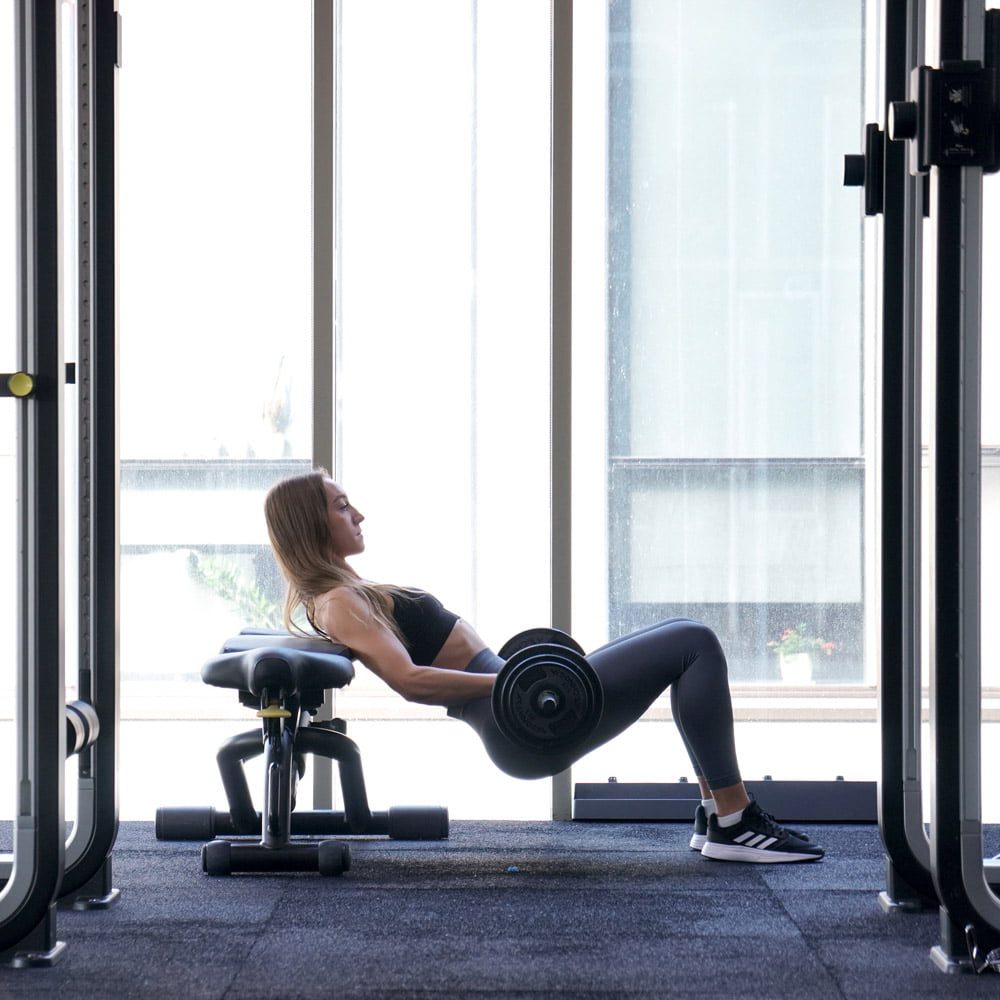
How is hip thrust performed?
Sit on the floor and rest your upper back on the edge of the bench. Place a loaded barbell over your pelvis and take the bar with both hands hip-width apart. Keep your feet shoulder-width apart on the floor and your head in line with your spine. Raise your pelvis in a controlled movement while activating your glutes and thighs as you inhale. In the upper position, the pelvis should be at knee level. Hold for a second or two, then lower your pelvis back down.
Why should you include hip thrust in your training?
- It helps to stabilize the pelvis, lower back and knees.
- It targets and activates the glutes and rear muscles, putting them under stress so they have to adapt and strengthen
- It effectively increases the activation of the gluteal muscles and thus can lead to improved athletic performance.
- It promotes muscle growth and can lead to a tighter and more aesthetically pleasing appearance of the glutes.
With these exercises and their variations, progress is guaranteed! Gradually increase the difficulty of training with heavier weights, number of repetitions and shorter breaks between sets in order to continuously improve.
See you at your workout,
your Gyms4you team

